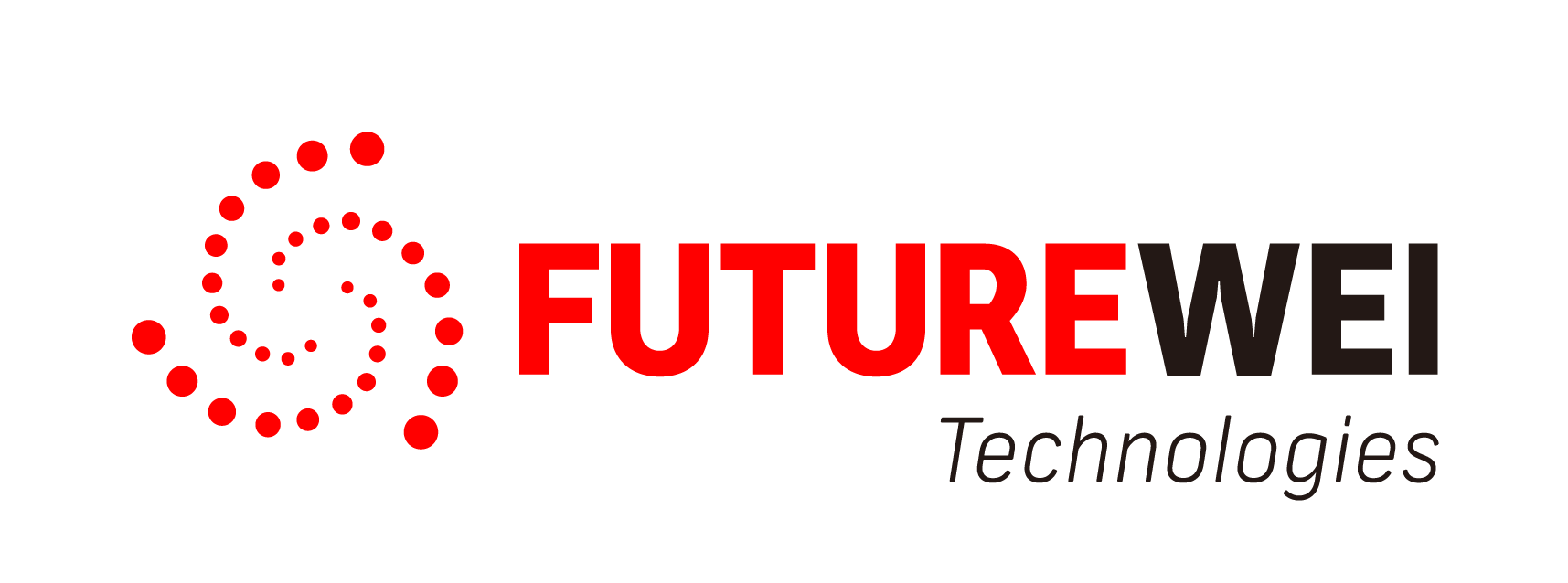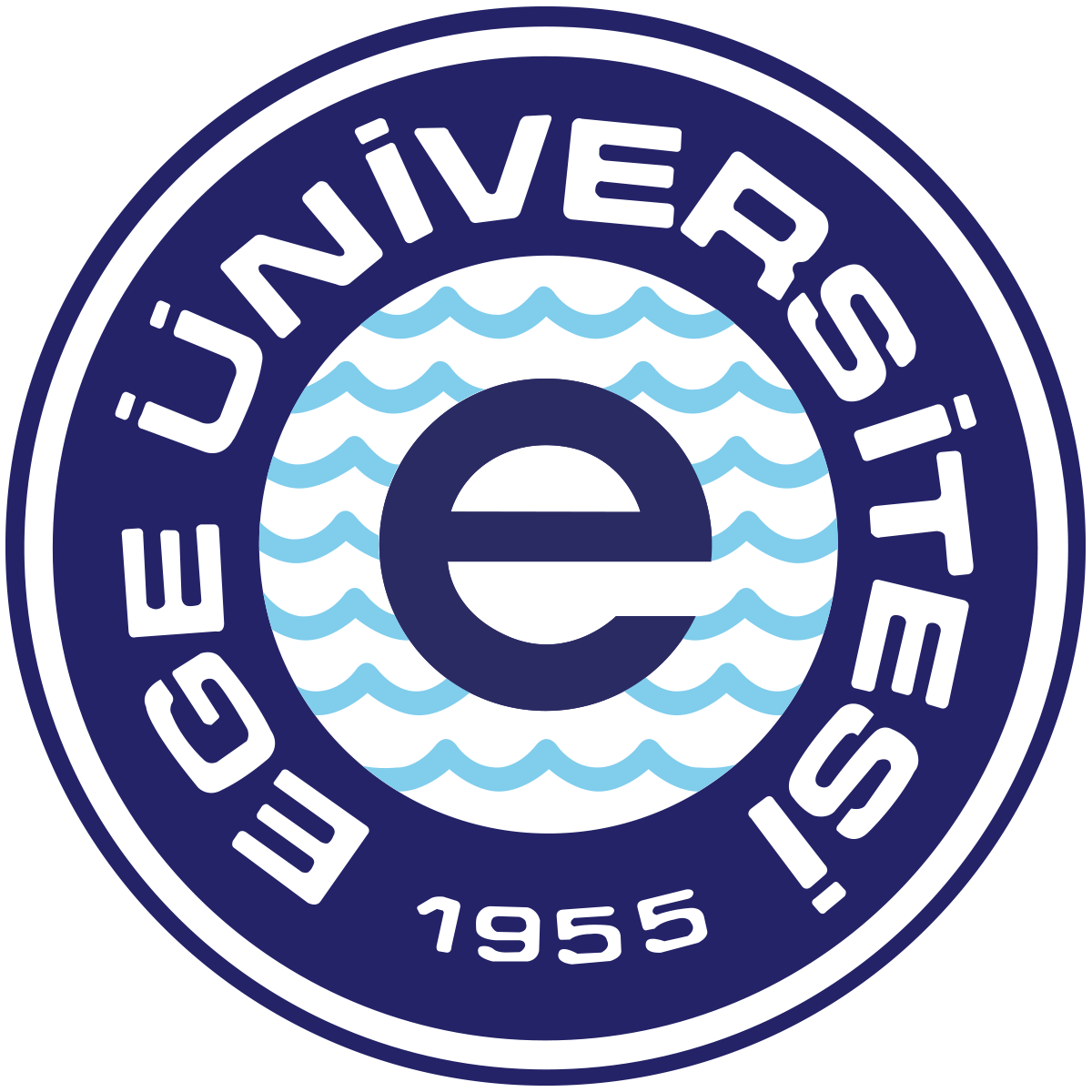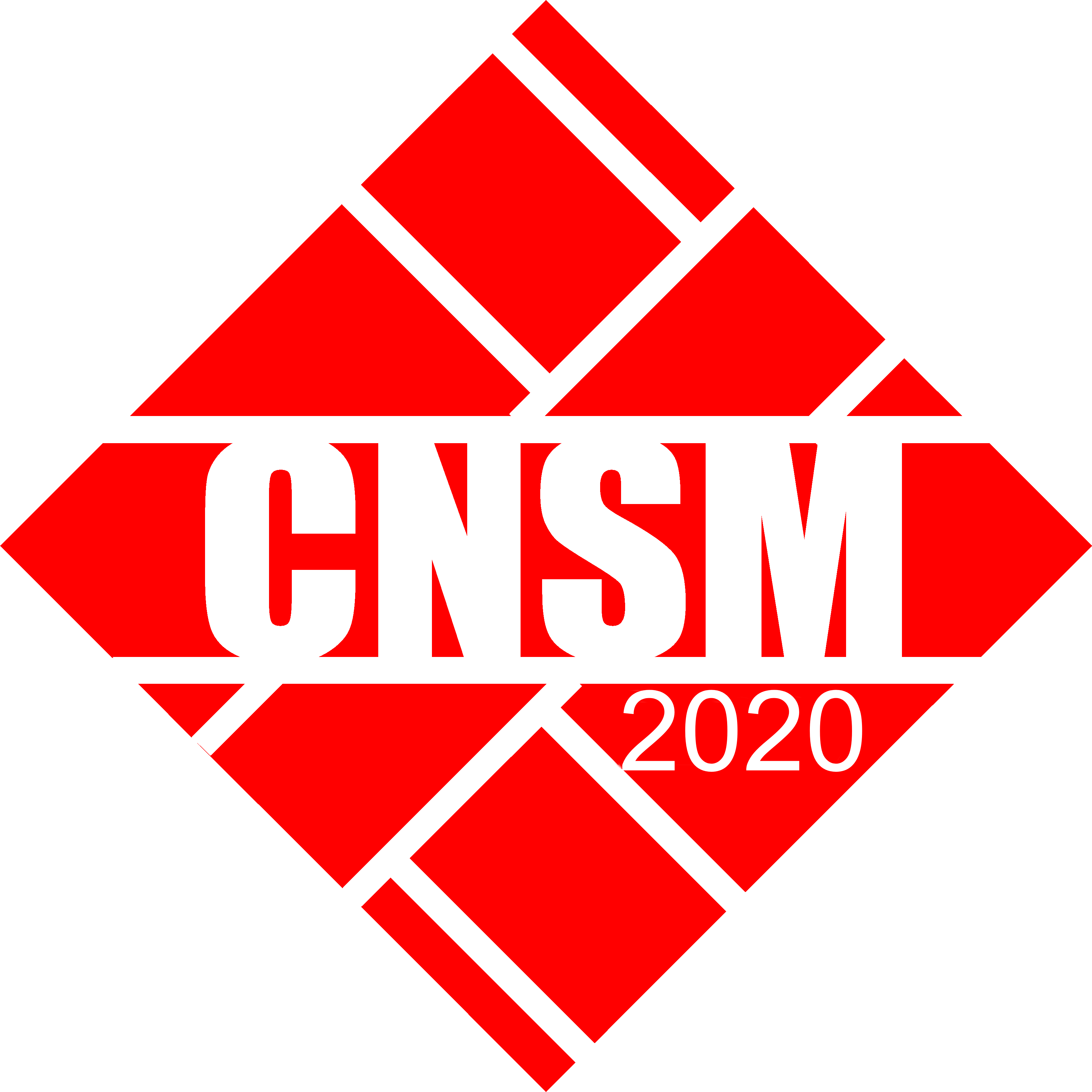
 |
 |
 |
Keynotes
AI-Enabled Future Wireless Networks
Melike Erol-Kantarci, University of Ottawa, Canada
Abstract
Future wireless networks are expected to support a multitude of services demanded by Enhanced Mobile Broadband (eMBB), Ultra-Reliable and Low-latency Communications (uRLLC), and massive Machine Type Communications (mMTC) users. Heterogeneous devices with different quality of service (QoS) demands will require intelligent and flexible allocation of network resources in response to network dynamics. For instance, a highly reliable and low-latency network is needed to enable rapid transfer of messages between connected autonomous vehicles. At the same time, the same physical infrastructure is expected to serve users with high-quality video demand or even mobile Augmented/Virtual Reality entertainment applications. Next-generation wireless networks are expected to accommodate such diverse use cases. In addition, resource efficiency, reliability, and robustness are becoming more stringent for 5G and beyond networks. To meet this, future wireless networks must incorporate a paradigm shift in network resource optimization, in which efficient and intelligent resource management techniques are employed. Artificial intelligence, or more specifically machine learning algorithms stand as promising tools to intelligently manage the networks such that network efficiency, reliability, robustness goals are achieved and quality of service demands are satisfied. The opportunities that arise from learning the environment parameters under varying behavior of the wireless channel, positions AI-enabled 5G and 6G, superior to preceding generations of wireless networks. In this keynote, we will provide an overview of the state-of-art in machine learning algorithms and their applications to wireless networks, in addition to their challenges and the open issues in terms of their applicability to various functions of future wireless networks.
Biography
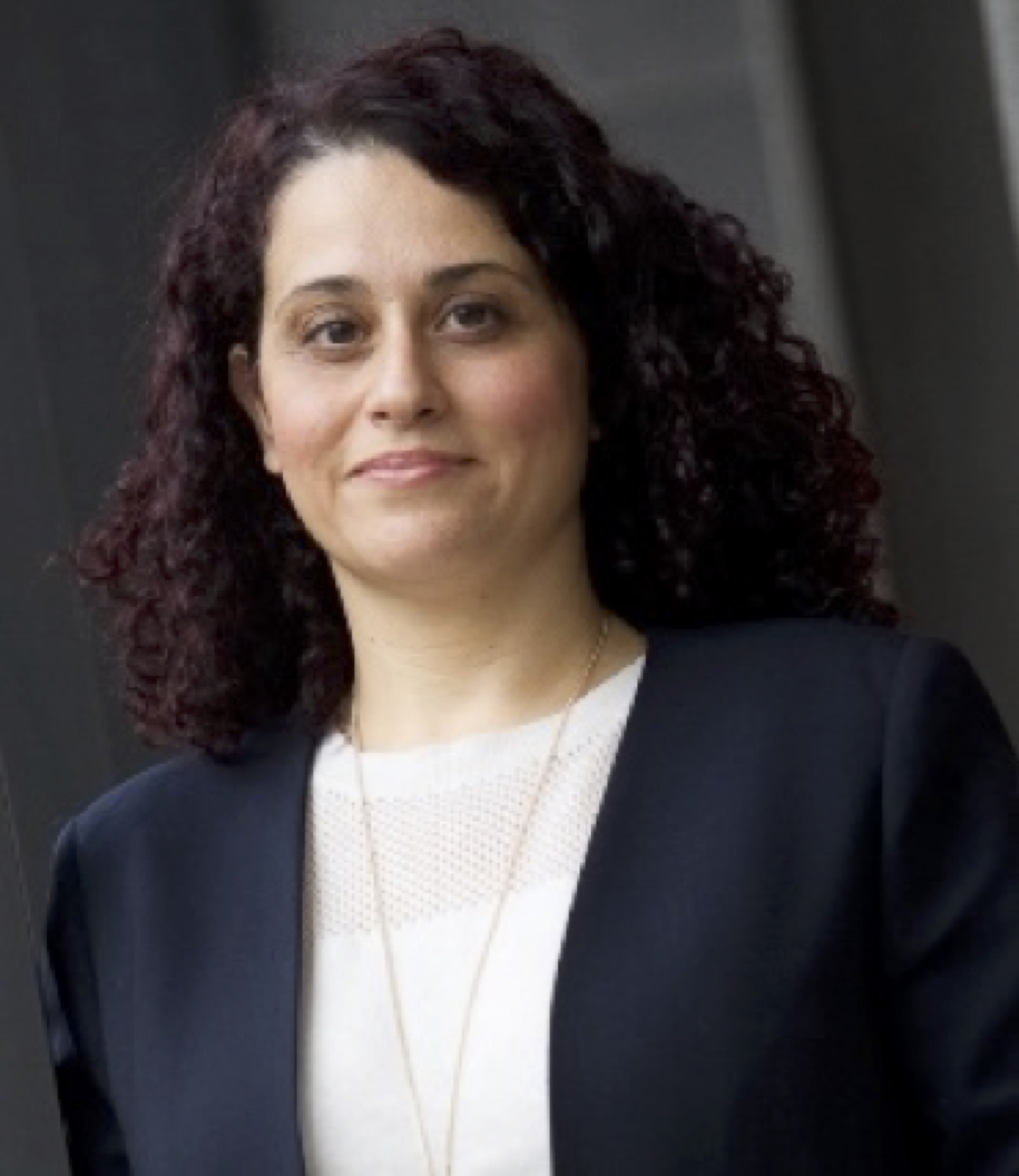 Melike Erol-Kantarci is Tier 2 Canada Research Chair in AI-enabled Next-Generation Wireless Networks and associate professor at the School of Electrical Engineering and Computer Science at the University of Ottawa. She is the founding director of the Networked Systems and Communications Research (NETCORE) laboratory. She has over 130 peer-reviewed publications which have been cited over 5000 times and she has an h-index of 36. Recently, she was selected for the 2019 list of “N2Women: Stars in Computer Networking and Communications” along with 8 other distinguished scientists. She has received several awards and best paper recognitions in her career. Dr. Erol-Kantarci is the co-editor of three books on smart grids and smart cities. She has delivered 40+ tutorials and invited talks around the globe. She is a Specialty Chief Editor for the “Frontiers in Communications and Networking” journal and she has editorial roles in several IEEE journals. She has acted as general chair and technical program chair for many international conferences and workshops. She is a senior member of the IEEE. Her main research interests are AI-enabled wireless networks, 5G and 6G wireless communications, smart grid and Internet of Things.
Melike Erol-Kantarci is Tier 2 Canada Research Chair in AI-enabled Next-Generation Wireless Networks and associate professor at the School of Electrical Engineering and Computer Science at the University of Ottawa. She is the founding director of the Networked Systems and Communications Research (NETCORE) laboratory. She has over 130 peer-reviewed publications which have been cited over 5000 times and she has an h-index of 36. Recently, she was selected for the 2019 list of “N2Women: Stars in Computer Networking and Communications” along with 8 other distinguished scientists. She has received several awards and best paper recognitions in her career. Dr. Erol-Kantarci is the co-editor of three books on smart grids and smart cities. She has delivered 40+ tutorials and invited talks around the globe. She is a Specialty Chief Editor for the “Frontiers in Communications and Networking” journal and she has editorial roles in several IEEE journals. She has acted as general chair and technical program chair for many international conferences and workshops. She is a senior member of the IEEE. Her main research interests are AI-enabled wireless networks, 5G and 6G wireless communications, smart grid and Internet of Things.
On O-RAN, MEC, SON and 5G network slicing integration – possibilities and benefits
Sławomir Kukliński (Orange Polska and Warsaw University of Technology)
Abstract
The deployment of 5G mobile networks is ongoing. To support high requirements for high-density devices (e.g. Smart Cities), very low latency (e.g. Industry 4.0) or high bandwidth (e.g. virtual reality), the 5G Stand-Alone (SA) variant has been introduced. 5G SA enables programmability of Control Plane of 5G Core (5GC) and supports network slicing in both parts of the network. The programmability of 5GC allows the creation of context- or service-aware operations and NS enables the production of multiple, service-aware network slices, both having User Plane and Control Plane operations tailored for a specific service. Such an approach is viable due to the usage of network virtualization. The O-RAN Alliance is working on a programmable solution that automates 5G RAN (NR) operations. Moreover, it makes the RAN aware of the application needs. However, so far, the network slicing is not well addressed yet by the O-RAN Alliance. RAN management automation in the 4G network is provided by the LTE-SON concept. Unfortunately, the 5G-SON development is at the early stage, yet. The Multi-access Edge Cloud (MEC) primary role is shortening the data paths to minimize the communication latency and to optimize data traffic distribution by dynamic deployment of applications closer to the edge. MEC also facilitates exploitation and provision of RAN and User Equipment (UE) related information via APIs. Whereas MEC is already well-defined for 4G networks, its integration with the 5G network, especially with network slicing, is still in progress. The MEC can pass some information to the applications, but, in opposite to O-RAN, can not change RAN configuration.
The analysis of O-RAN, MEC, SON and NS approaches has shown that these technologies are both, partly complementary and partly overlapping. Moreover, some mechanisms developed within one solution can be efficiently reused by others. This observation is a motivation of the talk that will outline an immersive integration of the mentioned technologies in one, homogenous architectural ecosystem.
Biography
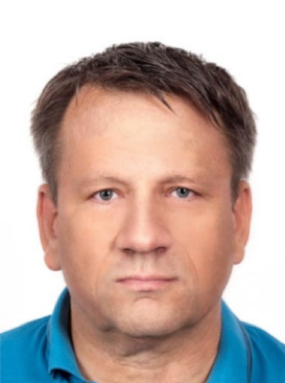 Sławomir Kukliński (Orange Polska and Warsaw University of Technology) received his PhD with honours from Warsaw University of Technology in 1994, and since then, he is Assistant Professor there. He teaches mobile and wireless systems. From 2003 he has also been working for Orange Polska as Research Expert focused on mobile and wireless systems with emphasis to self-managed and cognitive solutions. At present, he works intensively on network slicing. As a principal investigator, he led many national research projects and was involved in many international projects, including FP6 MIDAS, FP7 EFIPSANS, FP7 4WARD, FP7 ProSense, Celtic COMMUNE, EU-Japanese project 5G!Pagoda, he coordinated Polish-Luxembourgish project on Cognitive SDN (CoSDN). At present, he is involved in EU-China project 5G-Drive and EU sponsored projects 5G!Drones and MonB5G. He was working on SDN and network slicing standardization in ITU-T (Study Group 13) and IETF. Slawomir has published more than 70 conference and journal papers, served as a member of TPC of many conferences and gave several invited keynotes.
Sławomir Kukliński (Orange Polska and Warsaw University of Technology) received his PhD with honours from Warsaw University of Technology in 1994, and since then, he is Assistant Professor there. He teaches mobile and wireless systems. From 2003 he has also been working for Orange Polska as Research Expert focused on mobile and wireless systems with emphasis to self-managed and cognitive solutions. At present, he works intensively on network slicing. As a principal investigator, he led many national research projects and was involved in many international projects, including FP6 MIDAS, FP7 EFIPSANS, FP7 4WARD, FP7 ProSense, Celtic COMMUNE, EU-Japanese project 5G!Pagoda, he coordinated Polish-Luxembourgish project on Cognitive SDN (CoSDN). At present, he is involved in EU-China project 5G-Drive and EU sponsored projects 5G!Drones and MonB5G. He was working on SDN and network slicing standardization in ITU-T (Study Group 13) and IETF. Slawomir has published more than 70 conference and journal papers, served as a member of TPC of many conferences and gave several invited keynotes.
Slicing at the Edge
Bülent Kaytaz, Argela, Turkey
Abstract
One of the primary technical challenges facing service providers today is the ability to support a wide array of network performance requirements that the services of 5G and beyond will demand. In order to overcome this challenge, a number of new enablers, such as virtualization, disaggregation, network slicing, and Artificial Intelligence (AI), as well as the architectural integration between these need to be considered. Virtualization enables service providers to disaggregate the functions of network nodes into virtual network functions (VNFs). With the help of virtualization and disaggregation, it is possible to split 5G base stations into multiple VNFs, where they can be placed at different parts of the network (edge vs. central) considering the service requirements (latency, connectivity) vs. the cost of operating the network. Disaggregation also helps operators to transform their proprietary equipment into white-box hardware, reducing costs, increasing interoperability and softwarizing the network. As an example, with disaggregation of fixed broadband access networks such as Passive Optical Network (PON), it becomes possible to achieve vendor independency of PON equipment (OLT and ONU), while reducing the hardware costs. Network slicing, together with virtualization and disaggregation, enables service providers to meet the demanding SLAs required by different 5G services through shared resources. Architectural integration of these enablers are further improved by edge network deployments, where VNFs can be instantiated within the proximity of end users. Additionally, operators can take advantage of these sliceable edge networks not only for RAN but also for fixed networks, through intelligent aggregation and control of traffic from both domains, providing access network slicing.
As Netsia, we have ongoing R&D and productization efforts for the overall architecture and enablers mentioned above, including O-RAN based RAN Intelligent Controller (RIC), ONF based SDN Enabled Broadband Access (SEBA), Network Slice Management (NSSMF) and the integration Multi-Access Edge Computing (MEC) with O-RAN RIC through 5GMEDE, to deliver services and slicing at the edge, which will be covered in this keynote speech.
Biography
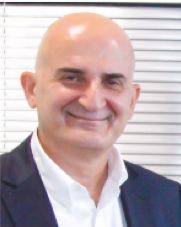 Bülent Kaytaz had a license degree on Electricity and Electronics from Marmara University in 1981. He also obtained his Master’s degree in Management Information Systems and an MBA from European University in Belgium in 1994.
In addition to his business activities, Bülent Kaytaz served as a visiting lecturer in computer and communications engineering departments at Marmara and İstanbul Universities. In former roles, he had a five-year stint at Nortel and more than 10 years of experience at Alcatel, where he managed key software development projects in the areas of communications and internet in Belgium, Norway and Turkey. Mr. Kaytaz brings over 30 years of design, development, business development and successful leadership experience in the field of telecommunications. He founded two companies in the telecommunication technology area and led the Innovation drive at both companies via intensive R&D activities.
He founded Oksijen Technology, which was formerly a provider of intelligent networks and core infrastructure elements for wireless and wireline communications networks. Within three years of operation, the company brought considerable recognition to the global and Turkish telecommunications industries through strong regional growth and worldwide visibility.
Bülent Kaytaz is the CEO and the founder of Argela. He also established Netsia, an Argela subsidiary based in California’s Silicon Valley, which works on developing 5G technologies.
Bülent Kaytaz had a license degree on Electricity and Electronics from Marmara University in 1981. He also obtained his Master’s degree in Management Information Systems and an MBA from European University in Belgium in 1994.
In addition to his business activities, Bülent Kaytaz served as a visiting lecturer in computer and communications engineering departments at Marmara and İstanbul Universities. In former roles, he had a five-year stint at Nortel and more than 10 years of experience at Alcatel, where he managed key software development projects in the areas of communications and internet in Belgium, Norway and Turkey. Mr. Kaytaz brings over 30 years of design, development, business development and successful leadership experience in the field of telecommunications. He founded two companies in the telecommunication technology area and led the Innovation drive at both companies via intensive R&D activities.
He founded Oksijen Technology, which was formerly a provider of intelligent networks and core infrastructure elements for wireless and wireline communications networks. Within three years of operation, the company brought considerable recognition to the global and Turkish telecommunications industries through strong regional growth and worldwide visibility.
Bülent Kaytaz is the CEO and the founder of Argela. He also established Netsia, an Argela subsidiary based in California’s Silicon Valley, which works on developing 5G technologies.
On the Improvement of Control and Management of Beyond-5G Networks
Susana Sargento, University of Aveiro, Portugal
Abstract
The effort made in recent years by the research community and the Telecom industry in defining a new network architecture in the 5th generation of communications that supports the new set of requirements is finally reaching the market. Due to its dynamic load and flexible topology, forecasting of the network state is a must to ensure that the user requirements are met. Automation of the network management is also mandatory, here made only possible thanks to advances in virtualization, mainly in Software-defined Networking (SDN) and Network Functions Virtualization (NFV).
An accurate and autonomous traffic forecasting is essential for many traffic management decisions in a network, such as traffic accounting, short-time traffic scheduling, long-term capacity planning, network design or network anomaly detection. With the scale and complexity expected for 5G and beyond networks, where flexible networks (SDNs) and their services (NFVs) are instantiated on demand, there is no time to react to an anomaly on the network, a congestion situation, and other impairments. It is essential to predict the required resources, their anomalies, and prevent them from occurring or changing the network proactively.
In this talk, we address the issue of network control and management in 5G and beyond networks, its challenges, and also its opportunities, considering a myriad of different types of networks as slices from the same physical infrastructure, from vehicular networks to cellular operator networks. We also discuss the different forecasting approaches, and real-time distributed forecasting frameworks to make simultaneous real-time predictions of different performance metrics and through different algorithms, including an ensemble of the best forecasting algorithms.
Biography
 Susana Sargento
is a Full Professor in the University of Aveiro and a senior researcher in the Institute of Telecommunications, where she is leading the Network Architectures and Protocols (NAP) group (https://www.it.pt/Groups/Index/62). She received her PhD in 2003 in Electrical Engineering in the University of Aveiro (with a 7-months stay in Rice University in 2000 and 2001). She joined the Department of Computer Science of the University of Porto between 2002 and 2004, and she was a Guest Faculty of the Department of Electrical and Computer Engineering from Carnegie Mellon University, USA, in August 2008, where she performed Faculty Exchange in 2010/2011.
Since 2002 she has been leading many national and international projects and worked closely with telecom operators and OEMs. She has been involved in several FP7 projects (4WARD, Euro-NF, C-Cast, WIP, Daidalos, C-Mobile), EU Coordinated Support Action 2012-316296 "FUTURE-CITIES", EU Horizon 2020 5GinFire, national projects, and CMU-Portugal projects (S2MovingCity, DRIVE-IN with the Carnegie Melon University). She has been TPC-Chair and organized several international conferences and workshops, such as ACM MobiCom, IEEE Globecom and IEEE ICC. She has also been a reviewer of numerous international conferences and journals, such as IEEE Wireless Communications, IEEE Networks, IEEE Communications.
In March 2012, Susana has co-founded a vehicular networking company, Veniam (www.veniam.com), a spin-off of the Universities of Aveiro and Porto, which builds a seamless low-cost vehicle-based internet infrastructure. Susana is the winner of the 2016 EU Prize for Women Innovators (https://ec.europa.eu/research/innovation-union/index_en.cfm?section=women-innovators).
Susana is also de co-coordinator of the national initiative of digital competences in the research axis (INCoDe.2030, https://www.incode2030.gov.pt/), belongs to the evaluation committee of the Fundo200M (www.200m.pt) government co-investment and funding), and she is the Scientific Director of CMU-Portugal Programme (https://www.cmuportugal.org/).
Her main research interests are in the areas of self-organized networks, in ad-hoc and vehicular network mechanisms and protocols, such as routing, mobility, security and delay-tolerant mechanisms, resource management, and content distribution networks. She regularly acts as an Expert for European Research Programmes.
Susana Sargento
is a Full Professor in the University of Aveiro and a senior researcher in the Institute of Telecommunications, where she is leading the Network Architectures and Protocols (NAP) group (https://www.it.pt/Groups/Index/62). She received her PhD in 2003 in Electrical Engineering in the University of Aveiro (with a 7-months stay in Rice University in 2000 and 2001). She joined the Department of Computer Science of the University of Porto between 2002 and 2004, and she was a Guest Faculty of the Department of Electrical and Computer Engineering from Carnegie Mellon University, USA, in August 2008, where she performed Faculty Exchange in 2010/2011.
Since 2002 she has been leading many national and international projects and worked closely with telecom operators and OEMs. She has been involved in several FP7 projects (4WARD, Euro-NF, C-Cast, WIP, Daidalos, C-Mobile), EU Coordinated Support Action 2012-316296 "FUTURE-CITIES", EU Horizon 2020 5GinFire, national projects, and CMU-Portugal projects (S2MovingCity, DRIVE-IN with the Carnegie Melon University). She has been TPC-Chair and organized several international conferences and workshops, such as ACM MobiCom, IEEE Globecom and IEEE ICC. She has also been a reviewer of numerous international conferences and journals, such as IEEE Wireless Communications, IEEE Networks, IEEE Communications.
In March 2012, Susana has co-founded a vehicular networking company, Veniam (www.veniam.com), a spin-off of the Universities of Aveiro and Porto, which builds a seamless low-cost vehicle-based internet infrastructure. Susana is the winner of the 2016 EU Prize for Women Innovators (https://ec.europa.eu/research/innovation-union/index_en.cfm?section=women-innovators).
Susana is also de co-coordinator of the national initiative of digital competences in the research axis (INCoDe.2030, https://www.incode2030.gov.pt/), belongs to the evaluation committee of the Fundo200M (www.200m.pt) government co-investment and funding), and she is the Scientific Director of CMU-Portugal Programme (https://www.cmuportugal.org/).
Her main research interests are in the areas of self-organized networks, in ad-hoc and vehicular network mechanisms and protocols, such as routing, mobility, security and delay-tolerant mechanisms, resource management, and content distribution networks. She regularly acts as an Expert for European Research Programmes.
Network operations and management beyond 5G: NEC’s R&D Insight
Hideyuki Shimonishi, NEC Corp & Osaka University, Japan
Abstract
Digital transformation is accelerating to transform society, economy, and industry using rapidly evolving digital technologies such as AI and IoT. Communication technologies, such as further advancement of mobile networks, so called "Beyond5G", play an important role in the transformation of new processes and business models through digital transformation. In order to "digitize our world", integrate it with virtual world where people live and work and then control back our physical world, Beyond5G technologies would not only need to further improve its capacity, speed, latency, connectivity, power consumption, etc., but also extended capabilities towards digital transformation, such as automated system design, unmanned operation automation, extra coverage expansions, would be required. To this end, AI/ML technologies are highly expected in those technologies. In this talk, as a NEC's R&D insights into those technology areas, key technologies realizing Beyond5G, such as 1) AI-based signal processing technologies for radio and optical communications, 2) AI-based system design and operation, and 3) AI-based traffic monitoring and control, are discussed.
Biography
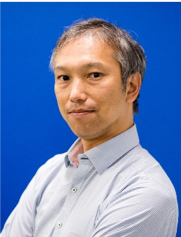 Hideyuki Shimonishi received M.E. and Ph.D. degrees from the Graduate School of Engineering Science, Osaka University, Osaka, Japan, in 1996 and 2002. He joined NEC Corporation in 1996 and has been engaged in research on traffic management in high-speed networks, switch and router architectures, and traffic control protocols. As a visiting scholar in the Computer Science Department at the University of California at Los Angeles, he studied next-generation transport protocols. Since then, he engaged in researches on networking technologies including SDN, NFV, IoT, 5G mobile systems. Now he partly works as a senior principal researcher at System Platforms Research Labs. NEC, and partly works as a professor appointed at Graduate School of Information Science and Technology, Osaka University.
Hideyuki Shimonishi received M.E. and Ph.D. degrees from the Graduate School of Engineering Science, Osaka University, Osaka, Japan, in 1996 and 2002. He joined NEC Corporation in 1996 and has been engaged in research on traffic management in high-speed networks, switch and router architectures, and traffic control protocols. As a visiting scholar in the Computer Science Department at the University of California at Los Angeles, he studied next-generation transport protocols. Since then, he engaged in researches on networking technologies including SDN, NFV, IoT, 5G mobile systems. Now he partly works as a senior principal researcher at System Platforms Research Labs. NEC, and partly works as a professor appointed at Graduate School of Information Science and Technology, Osaka University.
AnServApp Workshop Keynote
The State of Mobile AI Applications - an Industry Perspective
Anirudh Koul, NASA Frontier Development Lab, USA
Abstract
With the rise of deep learning, many applications can benefit by moving from servers closer to the users - on mobile and edge devices, reducing network transfer, bandwidth, latency, and ensuring better privacy. And this comes with its challenges, ranging from running a computationally expensive algorithm on resource constraint devices, to large memory, battery and power requirements, to missing access to user data needed for training models, all the way to large scale deployment and A/B testing AI models, not on your infrastructure. In this demo-based talk, we will take a 360-degree look at the mobile AI application industry, by dive into the development lifecycle, identifying challenges, benchmarking, and solving them step by step. By the end, the practical learning should be applicable beyond mobile applications, helping optimize both costs, bandwidth, and compute on a range of devices.
Biography
 Anirudh Koul
is a noted AI expert, UN/TEDx speaker, author of O'Reilly's Practical Deep Learning book and a former scientist at Microsoft AI & Research, where he founded Seeing AI, considered the most used technology among the blind community after the iPhone. With features shipped to a billion users, he brings over a decade of production-oriented applied research experience on petabyte-scale datasets. He also serves as an ML Lead for NASA's AI accelerator Frontier Development Labs, and coaches a team for Roborace, the Formula One championship of autonomous driving @200mph. His work in the AI for Good field, which IEEE has called 'life-changing', has received awards from CES, FCC, MIT, Cannes Lions, American Council of the Blind, showcased at events by UN, World Economic Forum, White House, House of Lords, Netflix, National Geographic, and lauded by world leaders including Justin Trudeau and Theresa May.
Anirudh Koul
is a noted AI expert, UN/TEDx speaker, author of O'Reilly's Practical Deep Learning book and a former scientist at Microsoft AI & Research, where he founded Seeing AI, considered the most used technology among the blind community after the iPhone. With features shipped to a billion users, he brings over a decade of production-oriented applied research experience on petabyte-scale datasets. He also serves as an ML Lead for NASA's AI accelerator Frontier Development Labs, and coaches a team for Roborace, the Formula One championship of autonomous driving @200mph. His work in the AI for Good field, which IEEE has called 'life-changing', has received awards from CES, FCC, MIT, Cannes Lions, American Council of the Blind, showcased at events by UN, World Economic Forum, White House, House of Lords, Netflix, National Geographic, and lauded by world leaders including Justin Trudeau and Theresa May.
